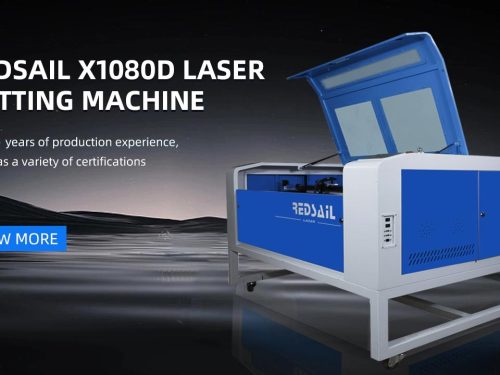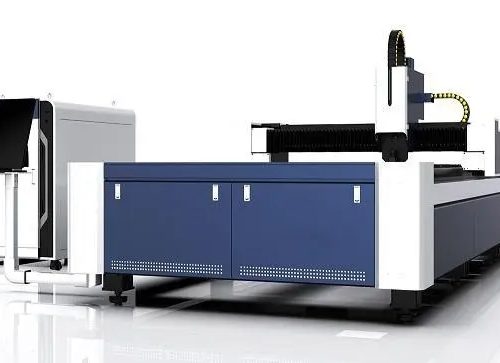
Laser cutting processing technology is widely used in the processing of metal and non-metal materials, which can greatly reduce processing time, reduce energy consumption and improve technology. Specific attention should be paid to the following aspects:
- Structural steel: this material will get better results when cut with oxygen. When oxygen is used as the processing gas, the cutting edge will be slightly oxidized. For plates with a thickness of 4mm, nitrogen can be used as the processing gas for high-pressure cutting. In this case, the cut edge will not be oxidized. For plates with a thickness of more than 10mm, the use of special plates for lasers and the application of oil to the surface of workpieces during processing can achieve better results.
- Titanium: titanium plate is cut with argon and nitrogen as processing gas. Other parameters can refer to nickel chromium steel.
- Stainless steel: laser cutting stainless steel requires the use of oxygen, in the case of edge oxidation; Nitrogen is used to obtain edges without oxidation and burr, so no further treatment is required. Coating the oil film on the surface of the plate will get a better perforation effect without reducing the processing quality.
- Aluminum: despite its high reflectivity and thermal conductivity, aluminum materials with a thickness of less than 6mm can be cut, depending on the alloy type and laser capacity. When oxygen is used for cutting, the cutting surface is rough and hard; When nitrogen is used, the cutting surface is smooth. Pure aluminum is very difficult to cut because of its high purity. Only when a “reflection absorption” device is installed on the fiber laser cutting machine system can the aluminum be cut, otherwise reflection will destroy the optical components.
- Copper and brass: both materials have high reflectivity and very good thermal conductivity. Brass with thickness less than 1mm can be cut by nitrogen laser; Copper with a thickness of less than 2mm can be cut, and oxygen must be used as the processing gas for laser cutting. Copper and brass can be cut only when a “reflection absorption” device is installed on the system, otherwise reflection will destroy the optical components.
- Synthetic materials: processable synthetic materials include thermoplastic, thermosetting materials and artificial rubber.
- Titanium plate: argon and nitrogen are used as laser cutting gas to cut.
- Organic matter: there is a danger of ignition in all organic matter laser cutting processes.










